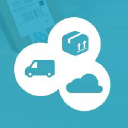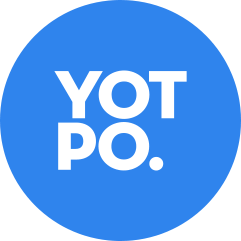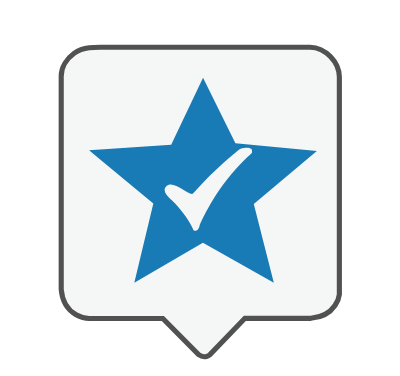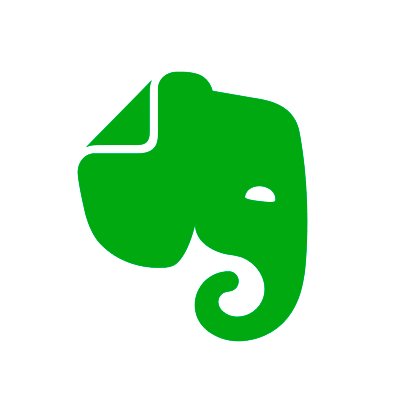How I Started A Subscription Box Business For Kids
Note: This business is no longer running. It was started in 2018 and ended in 2023. Reason for closure: Acquired by Little Cigogne.
Hello! Who are you and what are you working on?
Hi, my name is Nelli Jeloudar and I am the founder of Bundleboon - a curated shopping service specialized in kidswear. We take away the hassle of shopping for your child and instead, we turn it into a fun and memorable shopping experience for the entire family.
Our concept is easy and convenient to use.
As a parent, you can complete our style quiz on our platform and we will use the data and the answers to hand-pick two personalized outfits and ship them straight to your doorstep. Use your living room as a runway for 5 days and only pay for the items that you love and want to keep.

Bundleboon is essentially a retail formula, where we get inventory from brands and retailers and sell that inventory at full retail price with no additional costs for our customers.
We currently offer more than 50 brands in our boxes and...

Download the report and join our email newsletter packed with business ideas and money-making opportunities, backed by real-life case studies.

Download the report and join our email newsletter packed with business ideas and money-making opportunities, backed by real-life case studies.

Download the report and join our email newsletter packed with business ideas and money-making opportunities, backed by real-life case studies.

Download the report and join our email newsletter packed with business ideas and money-making opportunities, backed by real-life case studies.

Download the report and join our email newsletter packed with business ideas and money-making opportunities, backed by real-life case studies.

Download the report and join our email newsletter packed with business ideas and money-making opportunities, backed by real-life case studies.

Download the report and join our email newsletter packed with business ideas and money-making opportunities, backed by real-life case studies.

Download the report and join our email newsletter packed with business ideas and money-making opportunities, backed by real-life case studies.








































